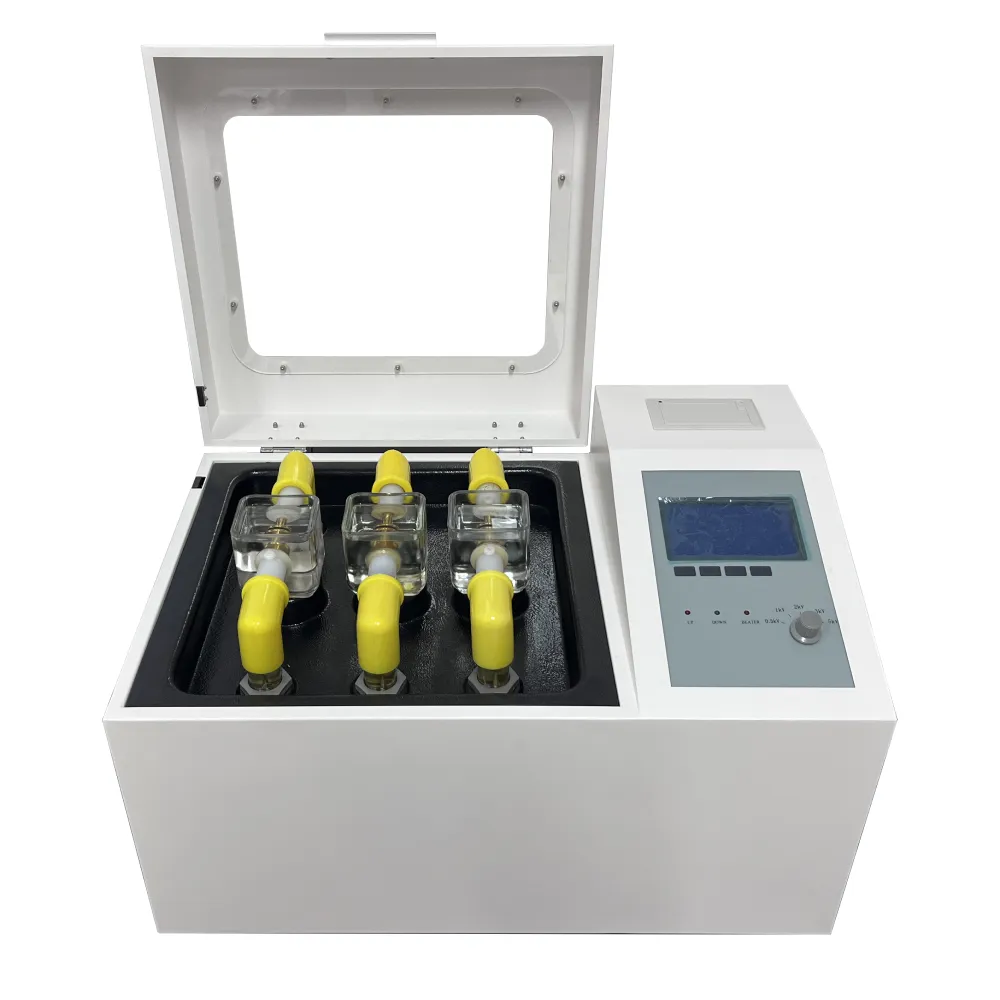 English
English


insulation test reading
Understanding Insulation Test Readings A Guide for Technicians
Insulation test readings are vital for assessing the electrical integrity of equipment and ensuring the safety and reliability of electrical systems. Conducting insulation resistance tests is a standard practice in various industries, particularly in electrical engineering and maintenance. In this article, we will explore the importance of insulation testing, what the readings mean, and how to interpret them effectively.
What is Insulation Resistance Testing?
Insulation resistance testing is a procedure used to measure the effectiveness of insulation materials used in electrical systems. Technicians apply a high voltage (usually between 250V and 1000V, depending on the equipment specifications) to the system while measuring the resistance offered by the insulation. This process helps identify potential issues before they result in failures, such as shorts or electrical leaks.
Importance of Insulation Test Readings
Regular insulation testing is crucial for maintaining the safety of electrical installations. Poor insulation can lead to equipment failure, electrical shocks, and even fires. By conducting insulation resistance tests, technicians can detect deterioration, moisture ingress, and other factors that compromise insulation functionality. Furthermore, these tests help in adhering to safety standards and regulations.
Interpreting Insulation Resistance Readings
insulation test reading

Insulation test readings are expressed in ohms (Ω). A general rule of thumb is that the insulation resistance should be at least 1 megohm (MΩ) for most applications. However, specific requirements may vary depending on the type of equipment and industry standards. For instance, high-voltage equipment may require a minimum insulation resistance of 5 MΩ or more.
A reading below the acceptable threshold indicates potential insulation failure. For example, a reading of 0.5 MΩ is a clear sign that the insulation is compromised and needs immediate attention. However, it is essential to consider the context of the reading. Factors such as temperature, humidity, and the age of the equipment can affect insulation performance and test outcomes.
Best Practices for Conducting Insulation Tests
To obtain accurate and reliable readings, technicians should follow best practices during the testing process. Firstly, ensure that the equipment is de-energized and properly isolated. This prevents accidental electrical shocks and equipment damage. Additionally, it's crucial to use calibrated testing equipment and follow the manufacturer's guidelines for testing voltage levels.
After performing the tests, technicians should document the readings and compare them with previous results. Tracking changes in insulation resistance over time can help identify trends and potential issues early on. This proactive approach can save time and costs associated with unplanned maintenance and equipment failure.
Conclusion
Insulation test readings are a critical aspect of electrical maintenance and safety. By understanding the importance of these readings and how to interpret them accurately, technicians can ensure the reliability of electrical systems and prevent hazardous situations. Regular insulation testing is not just a regulatory requirement; it's a best practice that contributes to the overall safety and efficiency of electrical installations.
-
Differences between open cup flash point tester and closed cup flash point testerNewsOct.31,2024
-
The Reliable Load Tap ChangerNewsOct.23,2024
-
The Essential Guide to Hipot TestersNewsOct.23,2024
-
The Digital Insulation TesterNewsOct.23,2024
-
The Best Earth Loop Impedance Tester for SaleNewsOct.23,2024
-
Tan Delta Tester--The Essential Tool for Electrical Insulation TestingNewsOct.23,2024





